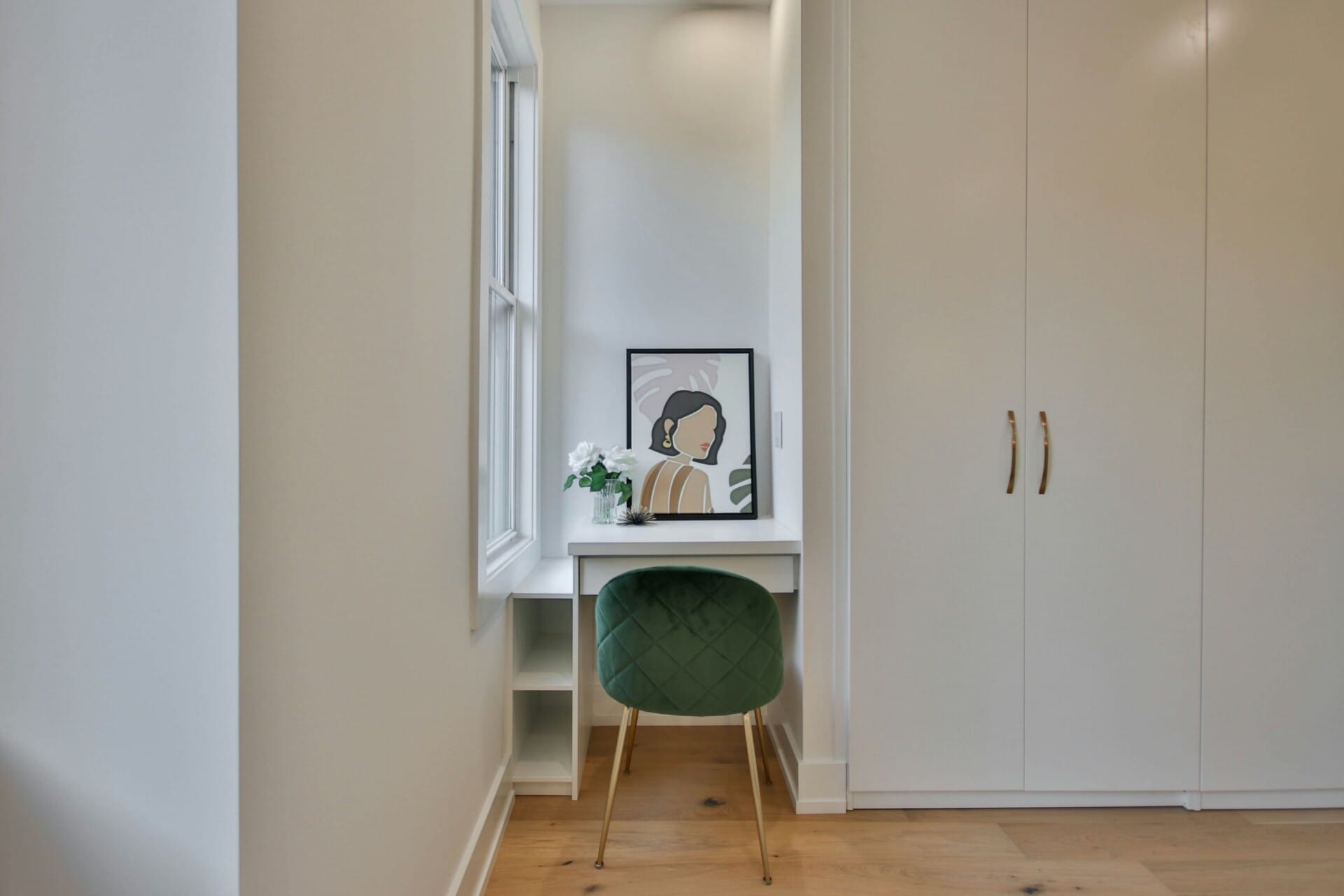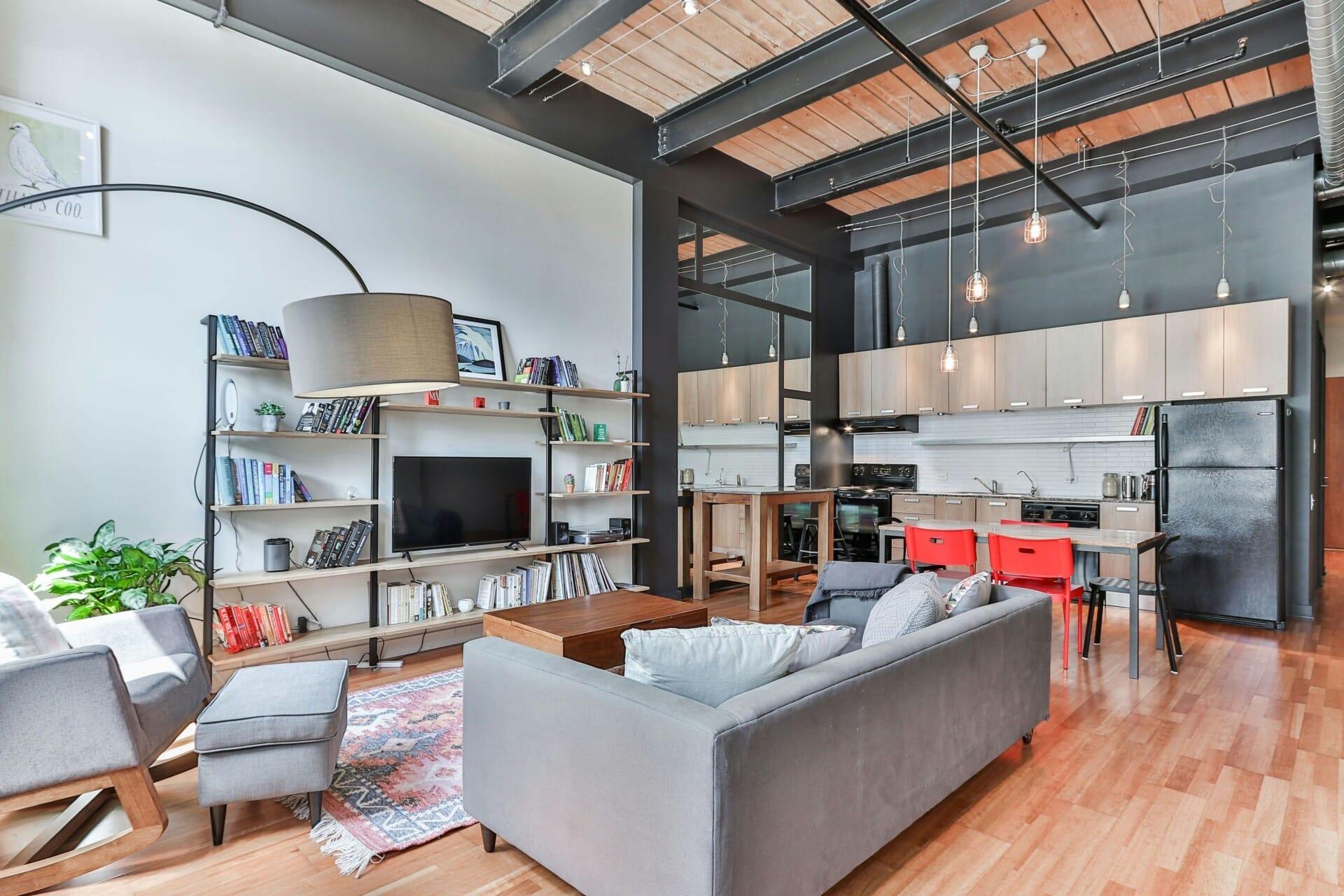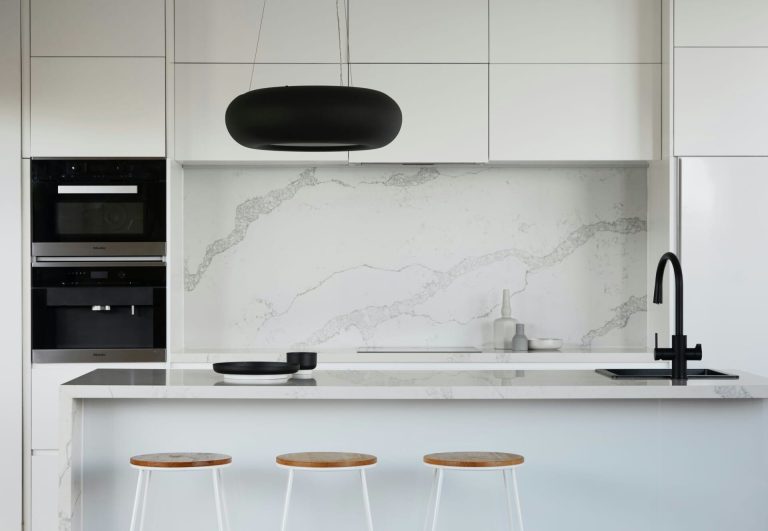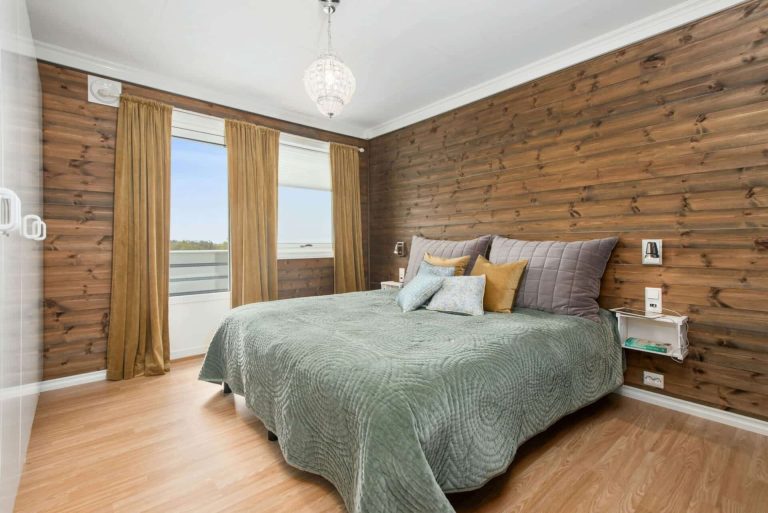As the boundaries between work and home continue to blur in our increasingly flexible world, the importance of creating a comfortable and functional living space becomes ever more paramount. An ergonomic home interior is not merely a trend; it is an essential consideration for enhancing our well-being and productivity. But what does it truly mean to design an ergonomic home? This guide aims to unravel the principles of ergonomics as they apply to interior design, offering insights and practical tips to help you cultivate a space that harmonizes aesthetic pleasure with physical comfort.
In this journey, you’ll discover how thoughtful design can alleviate strain on the body, promote better posture, and foster a sense of tranquility. From the selection of furniture to the arrangement of spaces, every detail plays a pivotal role in shaping an environment conducive to relaxation and efficiency. Whether you are crafting a cozy reading nook, a dedicated home office, or a multifunctional living area, understanding the nuances of ergonomic design will empower you to create a haven that supports both your health and lifestyle.
Join us as we delve into the core principles of ergonomic design, explore essential elements of a well-structured home interior, and equip yourself with the knowledge to transform your personal spaces into sanctuaries of comfort and productivity. Embrace the art of living well, and let the journey toward an ergonomic home begin.
Understanding Ergonomics in Home Design
Incorporating ergonomic principles into home design significantly enhances comfort and functionality in everyday living spaces. This approach focuses on creating environments that promote good posture and reduce strain on the body. Key elements to consider include the height and arrangement of furniture, the distance between workspaces, and the flow of natural light. By understanding and addressing the needs of the user, a home can transform from a simple living space into an oasis of well-being.
When designing ergonomic interiors, consider the following:
- Furniture Selection: Choose adjustable items, such as seating and desks, that can accommodate varying user heights and preferences.
- Layout: Create open spaces that allow for easy movement and accessibility, reducing the risk of trips and falls.
- Natural Elements: Incorporate elements like plants and natural light to enhance mood and promote health.
It’s also essential to establish multi-functional spaces that adapt to various activities, such as work, relaxation, and socializing. Using ergonomic tools like footrests, keyboard trays, and chairs designed for support can further enhance the effectiveness of your home design. Here’s a simple table highlighting key ergonomic furniture options:
| Furniture Item | Ergonomic Feature |
|---|---|
| Adjustable Desk | Allows changing between sitting and standing positions |
| Ergonomic Chair | Provides lumbar support and encourages good posture |
| Footrest | Helps maintain proper leg position and circulation |

Essential Furniture Choices for Maximum Comfort
When it comes to crafting a comfortable living space, your choice of furniture plays a crucial role. Prioritize pieces that not only look good but also provide optimal support for your body. Ergonomic chairs are a must-have, especially for those who work from home. Look for chairs with adjustable height, lumbar support, and armrests. This ensures that your posture is aligned, reducing strain on your back and neck during long hours of use.
Equally important is the selection of your seating arrangements. Sofas and lounge chairs should combine aesthetics with comfort. Consider materials that adapt to your body’s shape, such as memory foam or quality gel cushions. A good practice is to test the firmness by sitting for a few moments. You might also lean towards modular furniture, which can be rearranged to suit your entertaining or relaxation needs. Here are some characteristics to look for:
- Adjustable Seating: Chairs and sofas with adjustable sections for tailored comfort.
- Soft Fabrics: Choose breathable materials that provide comfort and warmth.
- Supportive Design: Ensure all pieces provide adequate support for your back and legs.
consider the layout and how it affects movement and flow within your space. A clear path for foot traffic promotes a more inviting atmosphere, while the arrangement of your furniture can create cozy nooks or open areas for gatherings. A well-planned furniture selection can maximize comfort while minimizing clutter. To help visualize your options, here’s a simple comparison table:
| Furniture Type | Features | Comfort Level |
|---|---|---|
| Ergonomic Chair | Adjustable height, lumbar support | High |
| Modular Sofa | Flexible arrangement, soft cushioning | Medium |
| Lounge Chair | Reclining feature, plush fabric | High |

Optimizing Space for Movement and Functionality
Creating an ergonomic home interior demands careful consideration of both space and human movement. The layout of your living areas should facilitate free movement while providing ample room for essential activities. Start by evaluating the flow of your home; consider how each room connects and the pathways you naturally take. Strive to eliminate unnecessary obstacles and create open spaces that enhance the overall functionality of the design.
Incorporate furniture that serves dual purposes to maximize utility without sacrificing space. When selecting pieces, look for options such as:
- Storage Ottomans: Perfect for stowing away blankets while doubling as seating.
- Expandable Dining Tables: Ideal for regular use and accommodating guests when needed.
- Wall-Mounted Desks: A great way to save floor space while providing a dedicated workspace.
Additionally, consider the arrangement of furniture to promote comfort and accessibility. Aim for clear traffic paths and sufficient space between pieces. A suggested guideline for minimum distances is as follows:
| Furniture Pairing | Recommended Space |
|---|---|
| Between Sofas and Coffee Table | 18-24 inches |
| Between Dining Chairs | 24-30 inches |
| Pathways in Rooms | 36 inches+ |
By thoughtfully analyzing your space and utilizing multifunctional furniture, you can create an interior that not only looks inviting but also enhances daily functions. Remember, the goal is to foster an environment where movement is unhindered, and everyday tasks can be performed with ease and comfort, transforming your home into a true sanctuary for both relaxation and productivity.
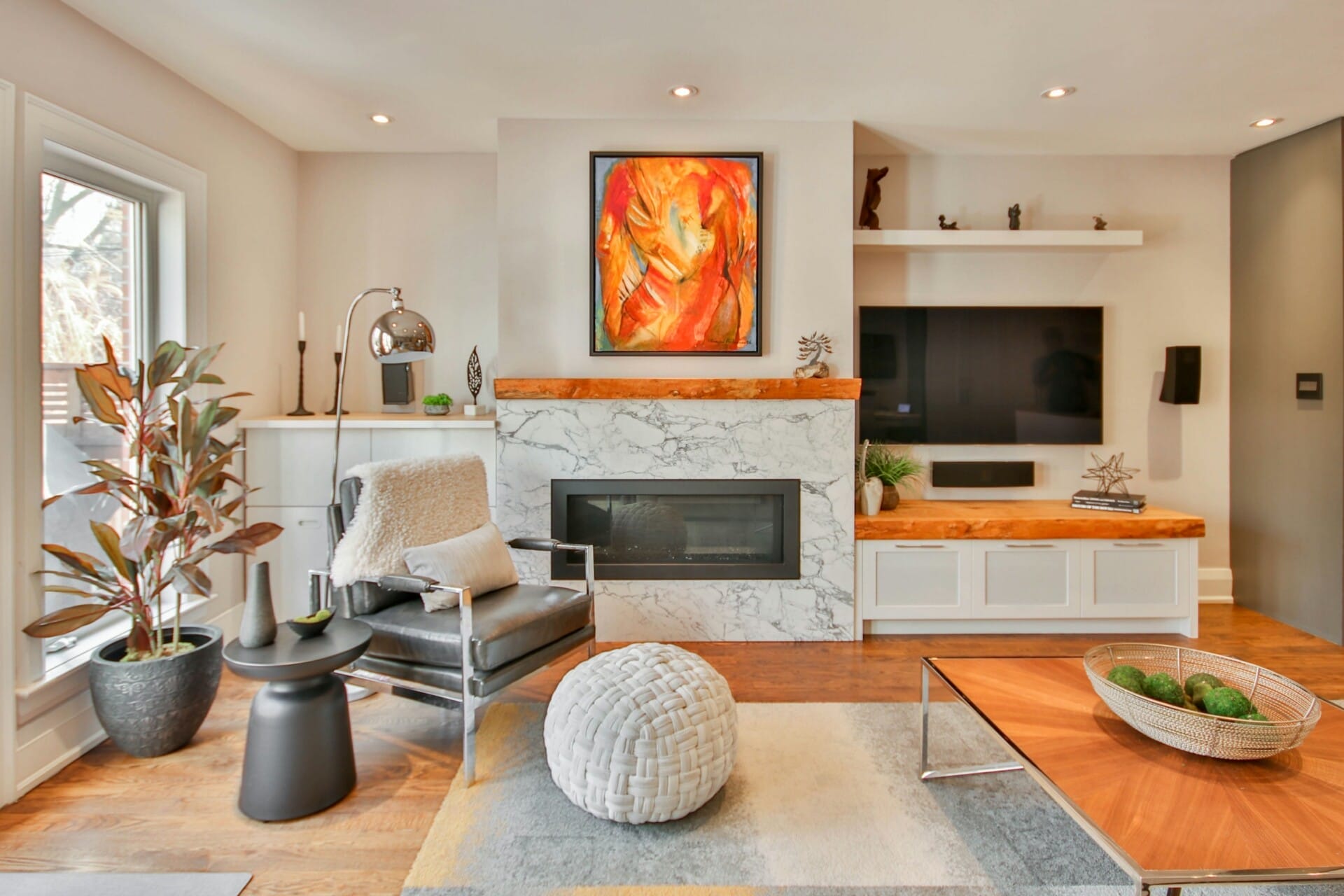
Personalizing Your Ergonomic Home Environment
Creating a workspace that truly fits you involves understanding your unique needs and preferences. Start by considering your body dimensions and adjust your furniture accordingly. For instance, your chair height should allow your feet to rest flat on the ground, and your desk should be at a comfortable elbow height. Incorporating adjustable or modular furniture means you can tailor your environment continuously as your needs change.
In addition to physical adjustments, the ambience of your space plays a crucial role in your comfort. Select lighting that is both functional and aesthetically pleasing, such as a combination of natural daylight and soft artificial light. Add elements like indoor plants or artwork that inspire calmness and creativity. Consider using colors that resonate with you—cool tones can be relaxing, while warm tones may energize your workspace.
ensure that your technology setup enhances your ergonomic design. Assess the placement of your monitor, keyboard, and mouse. The top of your monitor should be at or slightly below eye level to reduce neck strain, and your keyboard should be positioned so your wrists can remain flat. Don’t forget to incorporate breaks and movement into your routine; tools like timers can remind you to stretch or take short walks, promoting overall well-being.
Q&A
Q&A: A Guide to Designing an Ergonomic Home Interior
Q1: What is the importance of an ergonomic home interior?
A1: An ergonomic home interior prioritizes comfort, health, and efficiency in daily living. It minimizes physical strain by promoting proper posture and reducing the risk of injury, ultimately enhancing overall well-being. Incorporating ergonomics into your home can lead to better focus, increased productivity, and a more pleasant living environment.
Q2: How can I assess whether my current home design is ergonomic?
A2: Start by evaluating your furniture and layout. Are your chair and desk at the right height for you? Is your workload designed to allow for movement rather than prolonged sitting? Observe any discomfort you may experience during daily tasks, such as bending, stretching, or straining. Pay particular attention to elements like lighting and acoustics, as these also significantly impact comfort and ergonomics.
Q3: What are some key ergonomic furniture pieces to consider?
A3: Essential ergonomic furniture includes adjustable chairs that support proper spinal alignment, desks that accommodate sitting and standing positions, and even accessories like footrests and monitor stands. Investing in these pieces can drastically improve your posture and comfort throughout the day.
Q4: Are there specific colors or materials that enhance an ergonomic environment?
A4: While colors and materials play a more psychological role than a strictly ergonomic one, they can influence mood and productivity. Light, soft colors tend to create a calming atmosphere, while vibrant shades can energize a space. As for materials, breathable fabrics and natural elements, such as wood or stone, can enhance comfort and promote a sense of well-being.
Q5: How can I ensure proper lighting in an ergonomic home design?
A5: Proper lighting can reduce eye strain and enhance mood. Aim for a combination of natural light and adjustable artificial lighting. Position workspaces near windows when possible, and supplement with task lighting that can be adjusted based on the time of day and specific tasks. Avoid glare and harsh shadows to create a visually comfortable environment.
Q6: What role does spatial organization play in an ergonomic home?
A6: Spatial organization is crucial for maximizing efficiency and minimizing unnecessary movements. Design your space to optimize flow—keep frequently used items within easy reach and avoid clutter. This not only enhances convenience but also reduces the risk of injury from awkward stretches or repetitive motions.
Q7: Can I incorporate ergonomics into smaller spaces?
A7: Absolutely! Ergonomics can be adapted to fit any size space. Focus on multifunctional furniture that can be easily moved or adjusted. Use vertical storage solutions to save floor space while ensuring everything remains within reach. Design elements like foldable desks or chairs can help maximize usability without sacrificing comfort.
Q8: What are some simple changes I can make today for a more ergonomic home?
A8: Start with minor adjustments, such as rearranging your workspace to reduce strain, adding cushions for better support, or incorporating regular breaks into your routine. Simple practices like setting an alarm to encourage movement or stretching can make a huge difference. Remember, even small changes can lead to significant improvements over time.
Q9: How does incorporating plants contribute to an ergonomic environment?
A9: Plants not only improve air quality, but they also create a calming atmosphere, reducing stress and enhancing focus. Strategically placing greenery can contribute to a more balanced environment. Choose low-maintenance plants that thrive indoors for a refreshing touch that supports both physical comfort and mental clarity.
Q10: Where can I find resources for further ergonomic design inspiration?
A10: There are numerous resources available, from books on interior design to online blogs and workshops focused on ergonomics. Look for websites that specialize in home design or occupational health, and consider consulting with professional ergonomists or interior designers who can provide tailored advice based on your needs and space.
Wrapping Up
crafting an ergonomic home interior is more than just a trend; it’s a thoughtful investment in your health and well-being. By prioritizing comfort, functionality, and aesthetics, you can create a living space that not only meets your practical needs but also fosters a sense of relaxation and inspiration. As you embark on this design journey, remember that the balance between form and function is key. Embrace the flexibility of your space and allow your unique lifestyle to guide your choices. Ultimately, a well-designed home can serve as a sanctuary—one where every corner speaks to your comfort and promotes a harmonious daily life. So gather your ideas, get creative, and transform your home into a haven of ergonomics, where every moment is infused with ease and intention.